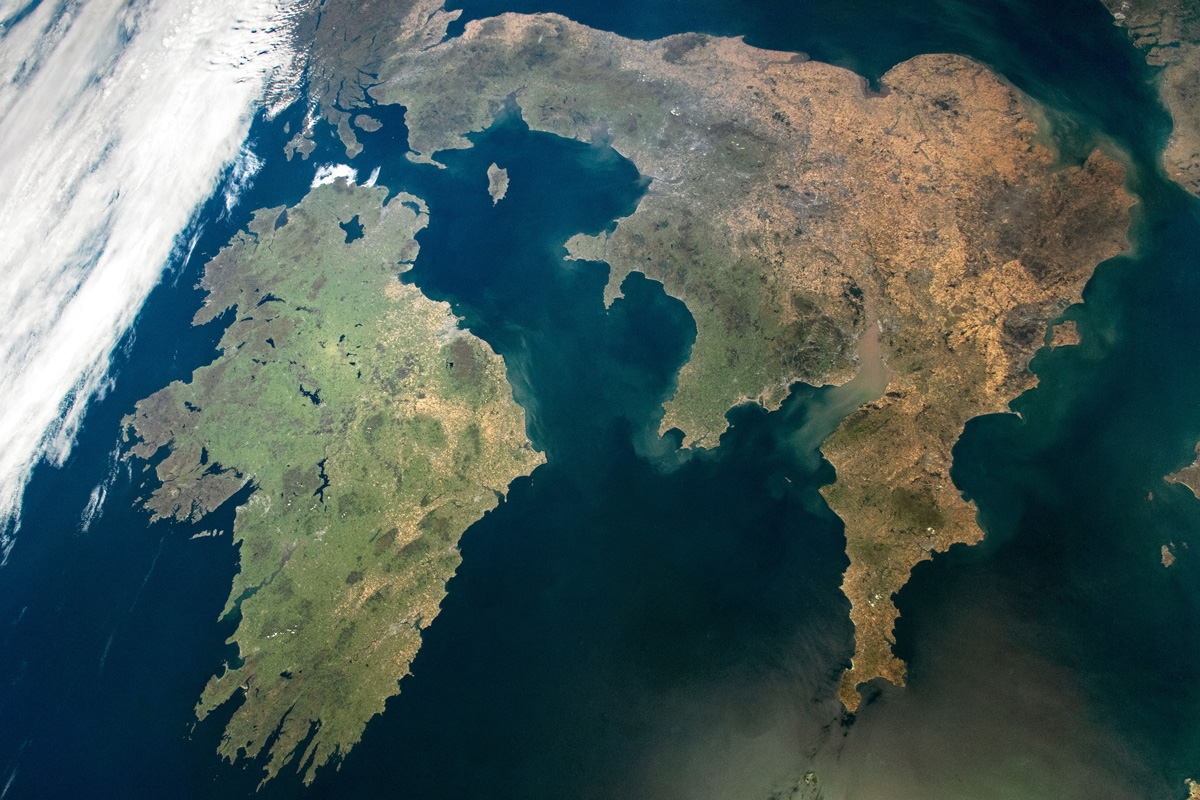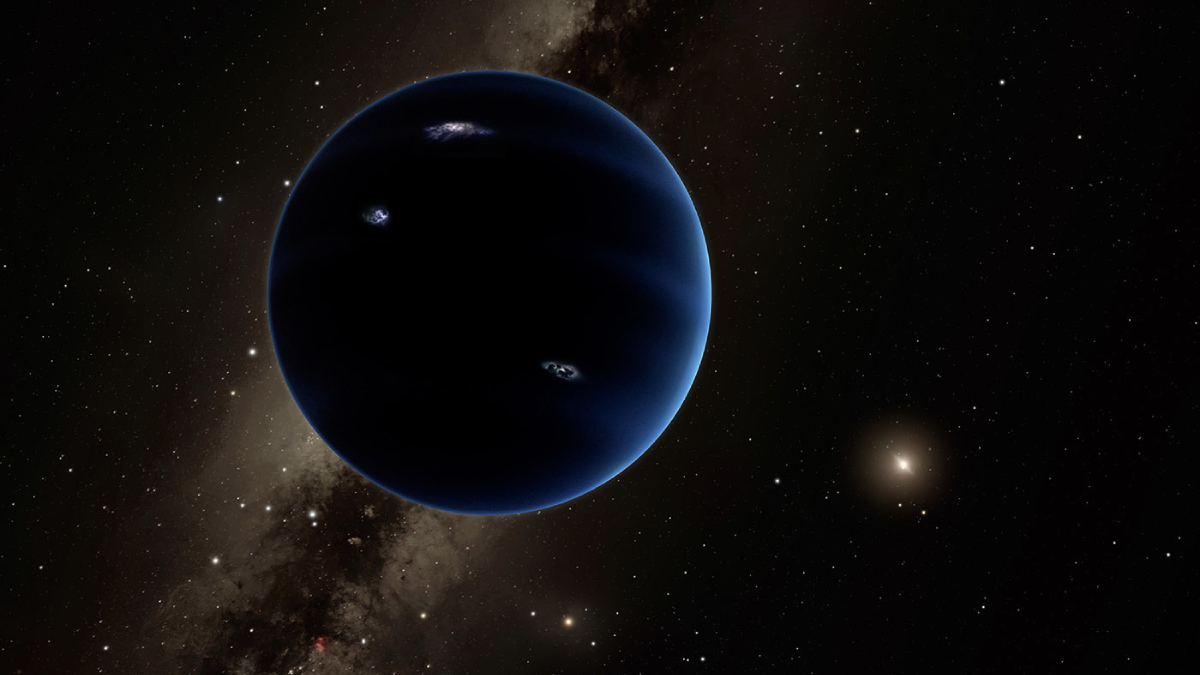Advances in data analysis help researchers spot shifting ocean colors, which could be associated with climate change.
unsolved mysteries
Rare Granite Body Discovered on Moon’s Farside
The granite couldn’t have formed the same way that it does on Earth—with liquid water and plate tectonics. So how did it get there?
A Massive Landslide Beheaded One of the World’s Highest Peaks
Annapurna IV toppled in a Himalayan landslide, and scientists finally figured out when and how it happened.
Magnetic Tangles Drive Solar Wind
Energetic collisions between magnetic fields produce gusty solar wind.
The Mysterious Case of Ireland’s Missing Earthquakes
The Emerald Isle has far fewer earthquakes than neighboring Britain. Now scientists think they know why.
Saturn’s Shiny Rings May Be Pretty Young
The rings are fairly shiny despite being bombarded by dust, indicating that they haven’t been around for very long.
Supersized Potholes Discovered off South African Coast
Curious circular pits off South Africa’s Eastern Cape coast are larger than any similar feature previously recorded. Their origin remains a morphological mystery.
Ancient Victims of Vesuvius May Have Baked in a Cloud of Ash
Debate still swirls around what killed ancient Romans during the 79 CE eruption. A study of wood charred by the event suggests a brief, but searing, flow of volcanic gas and debris.
Tiny Martian Moon May Be a Chip Off the Old Block
A close approach to Deimos reveals that its surface does not look like that of an asteroid, hinting at a Martian origin.
A Mission to Uranus Could Help Find Planet 9
Narrowing down the search is essential for gaining time on a high-powered telescope that could spot the hypothesized planet directly.










